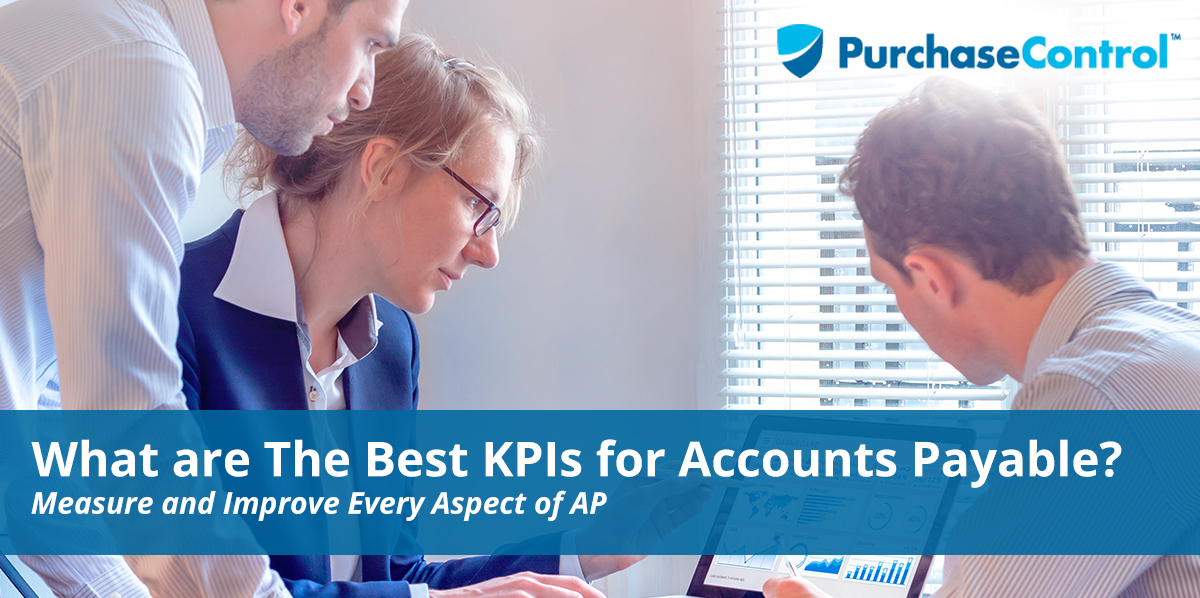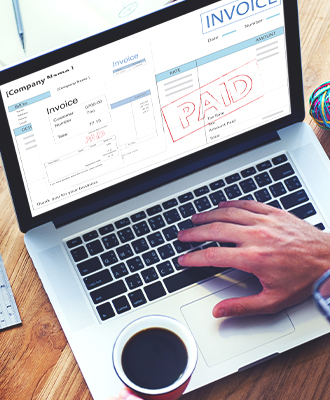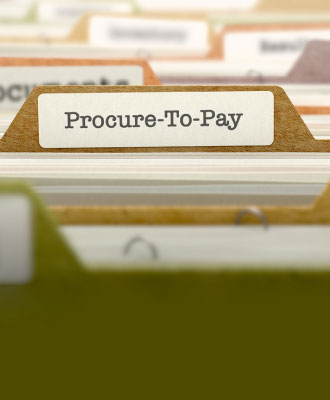Without accurate measurements, improvement is difficult to obtain—if not impossible. To maximize the efficiency of their accounts payable (AP) departments while also identifying problem areas, companies around the world rely on Key Performance Indicators (KPIs). When properly implemented, KPIs let you measure (and improve) accounts payable performance and provide useful data for crafting short- and long-term procurement and payment strategies.
In addition, KPIs pair well with, and enhance the utility of, an AP automation solution —and make it easier to transform your AP function into a source of not just cost savings, but continuous process improvement and lasting value.
The Benefits of Tracking Accounts Payable KPIs with Automation
While every business is different in some ways, every AP department will benefit from tracking a standard set of KPIs, especially in tandem with AP automation. A 2018 report by research firm Ardent Partners found that best-in-class AP departments benefited from AP automation featuring not only strategic KPI tracking, but straight-through invoice processing, two (or three) way matching for every transaction, and centralized document management.
These capabilities not only reduced processing time and improved accuracy, but cut costs significantly.
“Any opportunity to reduce the need for human oversight (and the risk for human error) in the payables process is an opportunity to build value and reduce resource consumption.”
The Most Valuable Accounts Payable KPIs
The KPIs essential to AP success include:
1. Invoice Processing Time
Tracking the time spent processing an individual invoice gives you insight into how much value your AP department is losing to late fees, reduced productivity, damaged supplier relationships, and missing out on early payment discounts. Reducing invoice processing time while improving the accuracy of invoice data and streamlining the receipt-approval-payment workflow also reduces wasted time and money, lowering your average cost.
The Ardent Partners report set the average amount of time needed to process a single invoice at 10.6 days. Best-in-class organizations using automation, however, fared better, processing each invoice two-and-a-half times faster (3.1 days) than the industry standard.
2. Average Cost to Process an Invoice (by Type)
Every accounts payable department has a method for managing invoices by type. But whether they’re standard AP invoices, special exception invoices, non-PO invoices, or supplier-specific invoices, every invoice needs to be paid, and has a definite cost associated with the time and labor required to process it.
This KPI not only gives you insight into how much each invoice costs, but also insight on how each type of invoice compares to others—and how you can economize to keep your costs as low as possible.
According to Ardent Partners, the industry average for processing a single invoice was $14.38. Best-in-class companies, on the other hand, paid just $2.52 on average thanks to the benefits of automation.
3. Invoices Processed Daily by Each AP Clerk
This KPI is helpful in two ways: it reveals which vendors’ invoices cause the biggest headaches for staff, and also shows you which team members may need additional guidance or training to ensure their invoices are processed correctly and in a timely manner.
4. Invoice Exception Rate
When there’s a problem with an invoice—incorrect or missing purchase orders, erroneous data, approval delays or routing errors—an invoice exception occurs. This can bring the payable process to a screeching halt, and without verification or centralized information access, can also lead to duplicate payments and other payment errors.
Finding and fixing the problem takes time and resources, and the expense can seriously reduce departmental efficiency. Automation helps remove (or even eliminate) human error, workflow bottlenecks, and information errors. Electronic invoices keep exceptions low and productivity high.
Ardent Partners reported an average invoice exception rate of nearly 23% across all industries, with best-in-class organizations enjoying a much less traumatizing average rate of only 10.7%. That’s well below Ardent Partner’s 2018 benchmark of 23.2%, and a definite boost to AP’s role as a profit and value center for your company.
5. Average Approval Time
Just how long does it take for an invoice to make its way through your AP system to approval and payment? A subset of your total invoice processing time, this KPI should be as low as you can get it. There’s no sense in losing valuable discounts, or paying costly late payment fees, because an invoice got “hung up” in the system.
Fortunately, automation helps streamline this metric considerably, both by simplifying the routing process and generating reminders in those instances when a delay does occur.
6. Straight-Through Invoices Processed
One of the most powerful benefits of AP automation is the promise of “straight-through” invoice processing (STP), or invoices that are received, processed, and paid without the need for human intervention. Tracking the total number of invoices processed this way, and using process improvement to make sure that number grows, cuts costs and frees up your AP staff to deal with tasks that generate more value for your organization.
As of 2018, most companies were processing just 19.2% of their invoices using STP, while best-in-class firms reported a much heftier 65.3%. Any opportunity to reduce the need for human oversight (and the risk for human error) in the payables process is an opportunity to build value and reduce resource consumption. As a result, STP is a critical metric for any AP department looking to grow their strategic role while reducing wasted time, money, and labor.
Does Your AP Department Measure Up?
The future of AP is about building value, not just cutting costs. And measuring performance is the first step to maximizing the impact of your AP department. Combined with accounts payable automation, KPIs are your ticket to improved efficiency, lower processing costs, and a stronger bottom line.
Don't Just Track AP Performance — Improve It With PurchaseControl's AP Automation It With PurchaseControl's AP Automation
Find Out How








